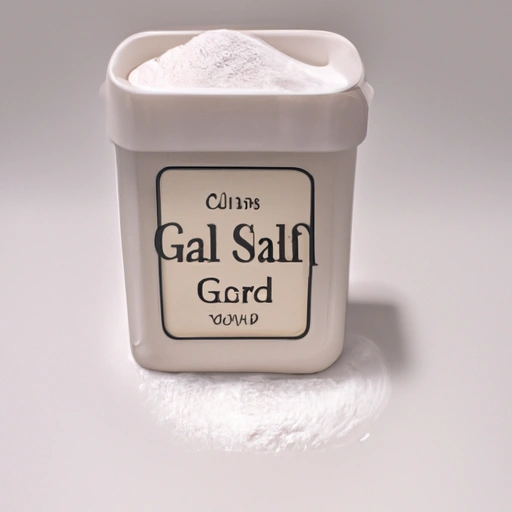Garlic Salt
Description

Garlic salt is a versatile and widely-used seasoning that combines the sharp, distinct flavor of garlic with the salty taste of table salt. This ingredient often serves as a flavor enhancer in an array of dishes, striking a balance between zest and savoriness. Garlic salt is typically made from a mixture of dried, ground garlic and salt, and sometimes includes an anti-caking agent to prevent clumping. Available in various grain sizes, it can be easily found in the spice section of grocery stores and is a staple in both home kitchens and professional culinary environments.
Common uses
Garlic salt is frequently used as a substitute for fresh garlic, especially when a smooth texture or a more evenly distributed flavor is desired. It's also a popular seasoning for meat rubs, marinades, dressings, and savory snack foods. Many chefs and home cooks opt for garlic salt to quickly add a burst of garlic flavor to dishes, especially when time or fresh ingredients are limited.
Nutritional value
Calories
Garlic salt is low in calories, with a typical serving of 1 teaspoon (approximately 3 grams or 0.1 ounces) containing less than 10 calories.
Protein
It contains a negligible amount of protein.
Fat
Garlic salt is virtually fat-free.
Carbohydrates
It consists mainly of carbohydrates, primarily from the garlic powder, but the amount is minimal due to the small serving size.
Vitamins
While garlic itself is a source of vitamins C and B6, the amounts present in garlic salt are not significant due to the dilution with salt and the small quantities typically consumed.
Minerals
Garlic salt is high in sodium, with a 1 teaspoon serving containing around 1,900 milligrams, which is approximately 80% of the recommended daily intake for an average adult. It may also contain trace amounts of other minerals found in garlic, like calcium and potassium.
Health benefits
While garlic is known for its health benefits, including immune support and cardiovascular health, the benefits of garlic salt are less pronounced due to the high sodium content and the relatively small amount of actual garlic in the blend. However, when used in moderation, garlic salt can still be a flavorful addition to a healthy diet.
Potential risks
The primary risk associated with garlic salt comes from its high sodium content, which can contribute to high blood pressure and other cardiovascular issues if consumed in excess. Individuals on a low-sodium diet or those with sodium-sensitive conditions should use garlic salt sparingly.
Common recipes
Garlic salt is used in a variety of recipes, from simple garlic bread to more complex dishes like soups, stews, and sauces. It's a common ingredient in dry rubs for meats, as well as in seasoning blends for vegetables and potato dishes.
Cooking methods
This seasoning can be added during cooking or sprinkled on finished dishes. It works well in baked, roasted, sautéed, and grilled preparations.
Pairing with other ingredients
Garlic salt pairs well with a wide range of ingredients including tomatoes, basil, parsley, thyme, chicken, beef, seafood, and many types of cheese.
Summary
Garlic salt is a convenient and popular seasoning blend that combines the pungent taste of garlic with the universal appeal of salt. It offers an easy way to add depth and flavor to countless dishes, although its high sodium content calls for mindful use. Its historical use in culinary traditions around the world has cemented its status as a go-to spice in a variety of cuisines.